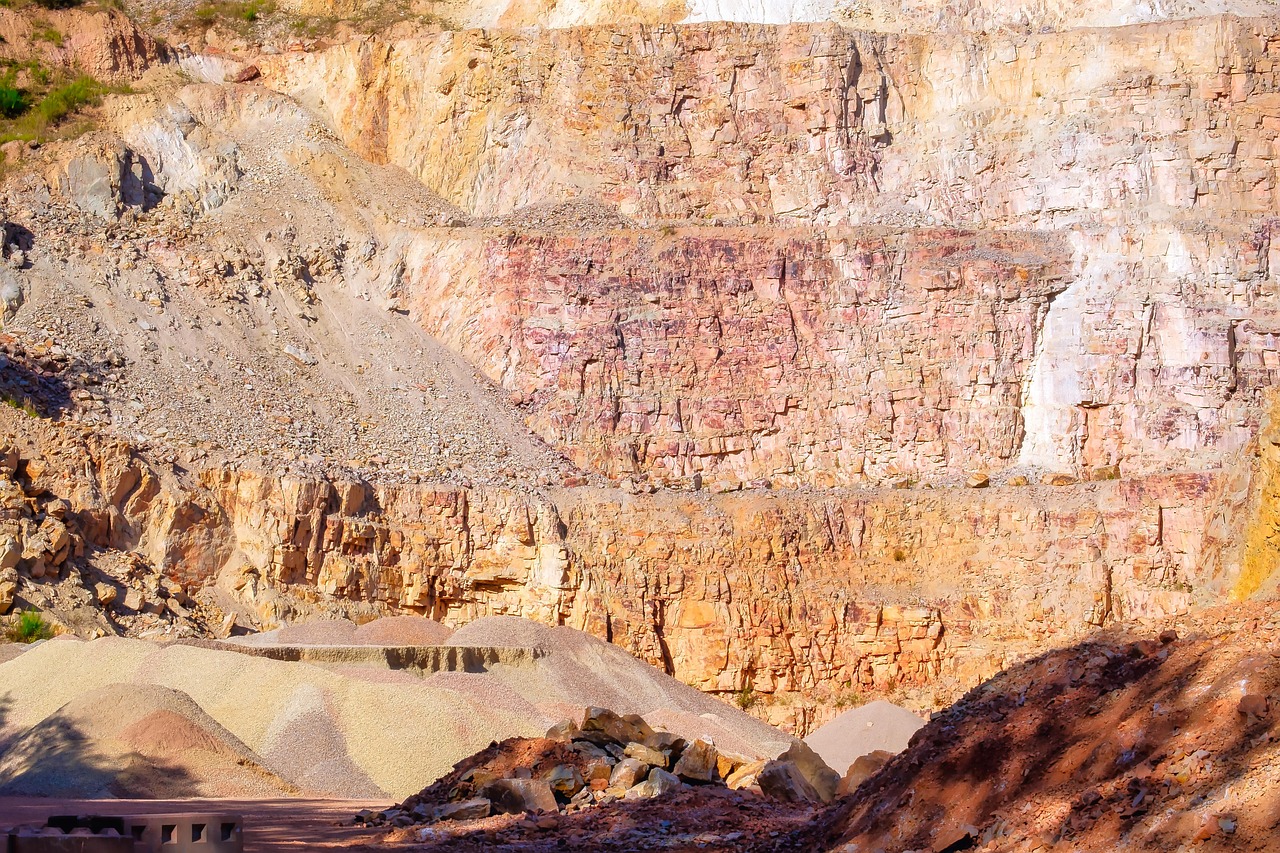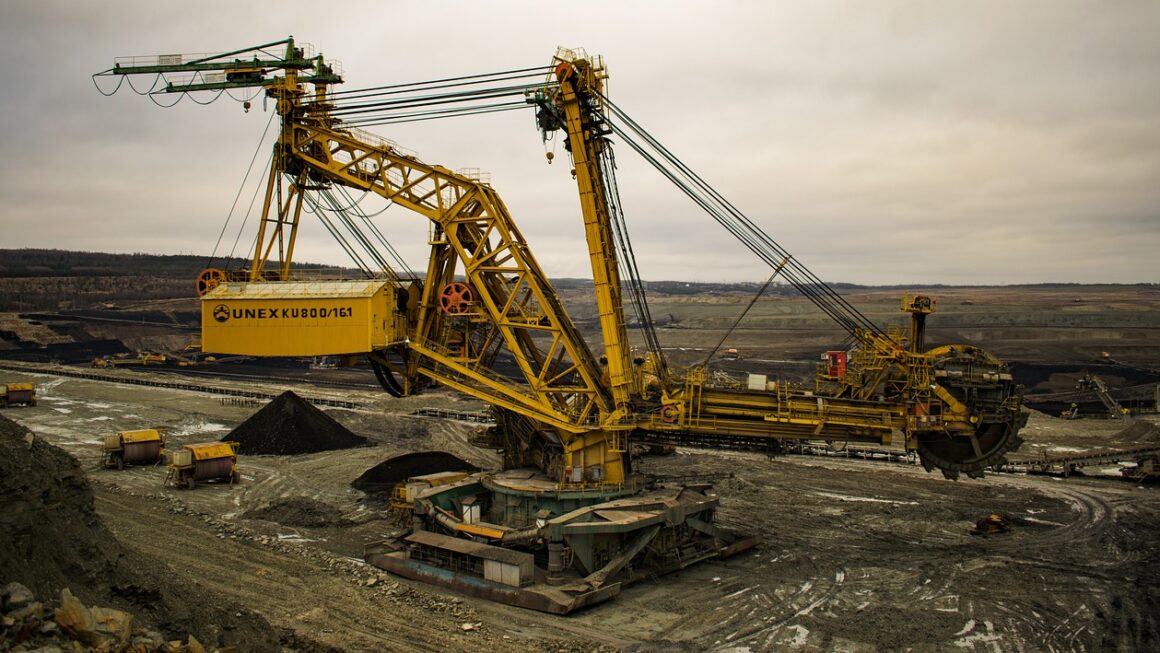From the shimmering depths of the earth to the products that power our modern lives, mining plays a crucial role in supplying the raw materials that underpin our civilization. Far from just pickaxes and shovels, modern mining is a complex, technologically advanced industry encompassing everything from sophisticated exploration techniques to environmental rehabilitation efforts. This blog post dives into the multifaceted world of mining, exploring its different methods, economic impact, environmental considerations, and the innovations shaping its future.
What is Mining?
Mining, at its core, is the process of extracting valuable minerals, metals, and other geological materials from the earth. These resources are essential for a wide range of industries, including construction, manufacturing, energy production, and technology.
Types of Resources Extracted
The diversity of resources mined is vast, encompassing:
- Metals: Gold, silver, copper, iron, aluminum, and more, used in electronics, infrastructure, and manufacturing.
- Fossil Fuels: Coal, oil, and natural gas, used primarily for energy generation. Note the increasing focus on sustainable alternatives.
- Industrial Minerals: Sand, gravel, limestone, and clay, used in construction and manufacturing.
- Gemstones: Diamonds, rubies, emeralds, and sapphires, valued for their beauty and rarity.
- Rare Earth Elements: Used in electronics, renewable energy technologies, and defense applications. China currently dominates the rare earth elements mining industry.
Mining Methods
The specific method used for mining depends on several factors, including the type of resource, the depth and geological conditions of the deposit, and environmental considerations. Two primary categories exist: surface mining and underground mining.
- Surface Mining: This method is used when the mineral deposit is located near the surface. It involves removing the overlying soil and rock (overburden) to access the resource. Examples include:
Open-pit mining: Creating large, terraced pits, often used for copper, iron, and gold. The Bingham Canyon Mine in Utah is one of the largest open-pit mines in the world.
Strip mining: Removing overburden in strips to expose coal seams. Often followed by land reclamation.
Quarrying: Extracting stone or aggregate materials, such as limestone or granite.
- Underground Mining: This method is used when the mineral deposit is located deep underground. It involves creating tunnels and shafts to access the resource. Examples include:
Shaft mining: Vertical shafts are sunk into the ground to access the ore body.
Drift mining: Horizontal tunnels are driven into the side of a hill or mountain to access the ore body.
Slope mining: Inclined shafts are driven into the ground to access the ore body.
Economic Importance of Mining
Mining is a significant contributor to the global economy, providing jobs, generating revenue, and supporting downstream industries.
Job Creation and Economic Development
- Mining operations employ millions of people worldwide, from geologists and engineers to equipment operators and environmental specialists.
- Mining activities often stimulate economic development in remote areas by creating jobs, attracting investment, and supporting local businesses. For example, the iron ore mining industry in Western Australia is a major economic driver for the region.
Contribution to GDP
- Mining contributes significantly to the GDP of many countries, particularly those rich in mineral resources.
- The revenue generated from mining activities can be used to fund public services, such as education, healthcare, and infrastructure.
Supply Chains and Downstream Industries
- Mining provides the raw materials necessary for countless downstream industries, including manufacturing, construction, energy, and technology.
- Disruptions to the mining industry can have significant ripple effects throughout the global economy, impacting supply chains and increasing prices.
Environmental Considerations in Mining
Mining activities can have significant environmental impacts, including habitat destruction, water pollution, and air pollution. However, modern mining practices are increasingly focused on minimizing these impacts and promoting sustainable development.
Environmental Impacts
- Habitat Destruction: Surface mining can lead to the destruction of natural habitats and the displacement of wildlife.
- Water Pollution: Mining activities can contaminate water sources with heavy metals, chemicals, and sediment. Acid mine drainage, caused by the oxidation of sulfide minerals, is a major source of water pollution.
- Air Pollution: Mining operations can release dust, particulate matter, and greenhouse gases into the atmosphere.
- Land Degradation: Mining can lead to soil erosion, landslides, and other forms of land degradation.
Mitigation and Remediation Strategies
- Environmental Impact Assessments (EIAs): Thorough assessments are conducted before any mining project to identify potential environmental impacts and develop mitigation strategies.
- Rehabilitation and Reclamation: Mining companies are increasingly required to rehabilitate mined areas after operations cease, restoring the land to a productive state. This includes replanting vegetation, stabilizing slopes, and treating contaminated water.
- Water Management: Implementing closed-loop water systems to minimize water usage and prevent pollution. Treating wastewater before discharge to remove pollutants.
- Air Quality Control: Using dust suppression techniques and installing air pollution control equipment to reduce emissions.
Sustainable Mining Practices
- Reducing Waste: Implementing efficient mining techniques to minimize waste generation. Recovering and recycling valuable materials from waste streams.
- Energy Efficiency: Utilizing energy-efficient equipment and exploring renewable energy sources to reduce greenhouse gas emissions.
- Community Engagement: Engaging with local communities to address their concerns and ensure that mining projects benefit the local population.
Technological Advancements in Mining
Technology is transforming the mining industry, making it safer, more efficient, and more sustainable.
Automation and Robotics
- Autonomous Haul Trucks: Driverless trucks that can operate 24/7, increasing efficiency and reducing labor costs.
- Remote-Controlled Equipment: Allowing operators to control machinery from a safe distance, reducing the risk of accidents.
- Robotic Drilling and Blasting: Automating drilling and blasting operations to improve accuracy and safety.
Data Analytics and Artificial Intelligence
- Predictive Maintenance: Using data analytics to predict equipment failures and schedule maintenance proactively.
- Ore Grade Optimization: Using AI to optimize ore extraction and processing, maximizing resource recovery.
- Geological Modeling: Using advanced software to create detailed 3D models of ore deposits, improving exploration and mine planning.
Sustainable Technologies
- Electrification of Mining Equipment: Replacing diesel-powered equipment with electric alternatives to reduce emissions and improve air quality.
- Waterless Mining Techniques: Developing innovative mining techniques that require little or no water, reducing water consumption in arid regions.
- Carbon Capture and Storage: Exploring technologies to capture and store carbon dioxide emissions from mining operations.
Conclusion
Mining remains a vital industry, providing the essential materials that underpin modern society. While historically associated with significant environmental impacts, the industry is undergoing a transformation driven by technological innovation and a growing commitment to sustainability. By embracing advanced technologies, implementing responsible environmental practices, and engaging with local communities, the mining industry can play a crucial role in meeting the world’s growing demand for resources while minimizing its impact on the environment. Continuous research and development are crucial to creating a more sustainable and efficient future for mining.




